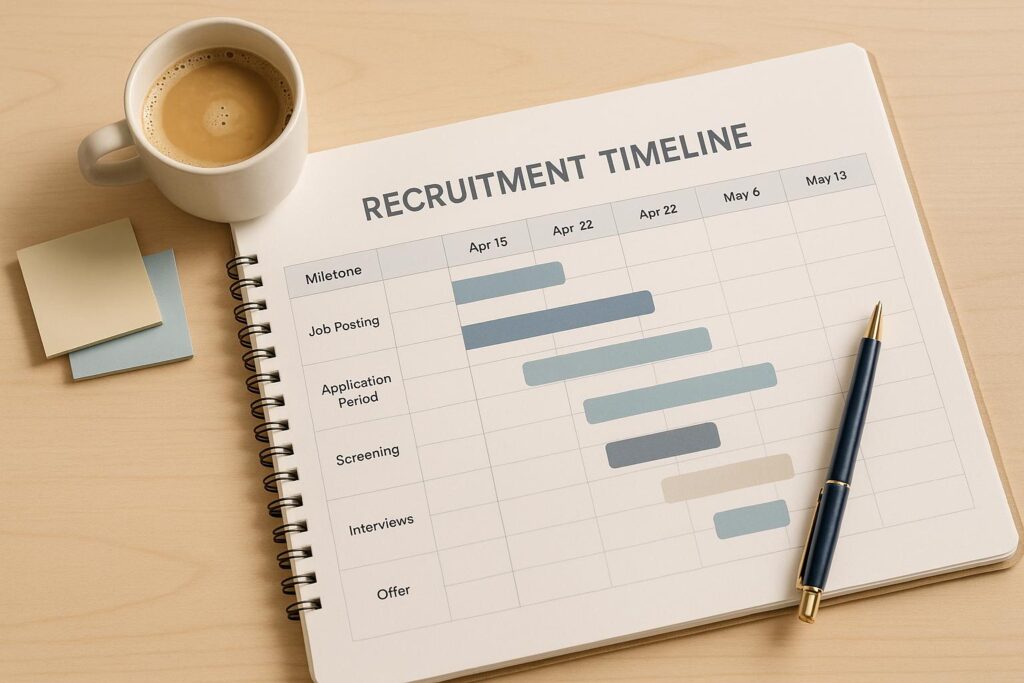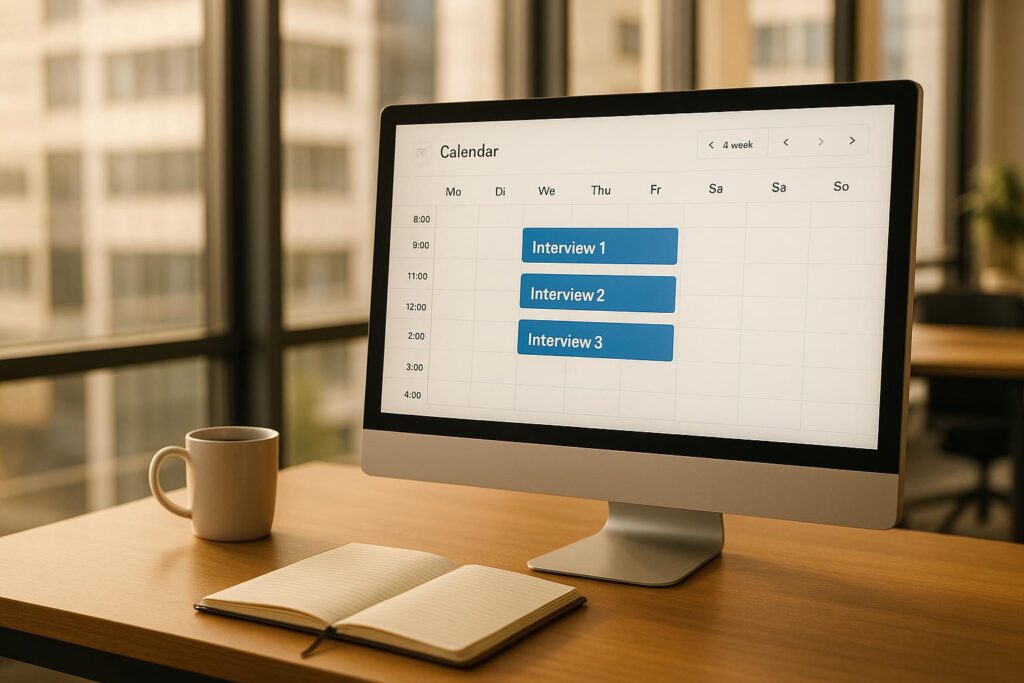Recruitment can be a costly and time-consuming process, and the results aren’t always guaranteed. The quality of applicants may not meet the company’s standards, or potential hires may not proceed with signing a job offer. These are just some of the reasons why HR teams are resorting to employee referral programs.
An employee referral program combines internal engagement with strategic hiring. But to maximize the benefits, companies need more than a basic approach. They need to invest in strong employee referral incentive structures, modern tools, and strategies that encourage employees to refer.
In this article, we’ll walk through how recruiters and HR professionals can empower their teams to become enthusiastic referral advocates to drive more (and better) candidates into the hiring pipeline.
What Are Employee Referrals?
According to Zippia, 88% of employers consider employee referral programs the best source of applicants. An employee referral happens when a current team member recommends a candidate for an open position in the company. Instead of solely relying on job boards or third-party recruiters, this approach leverages the networks of your existing employees. It’s personal, proactive, and built on trust.
Why Are Employee Referrals Effective?
When HR professionals ask, “Why are employee referrals an effective means of recruitment?”, the answer lies in their ability to tap into existing social capital. Employees know the company culture, team dynamics, and job requirements better than anyone. They are more likely to recommend someone who can actually thrive in the environment.
Referrals also build trust early in the process. Hiring managers often feel more confident in the quality of candidates referred by trusted team members, which translates to less time spent screening resumes and conducting unnecessary interviews.
Benefits of Employee Referrals
From a human resources and management perspective, employee referral programs offer a range of compelling benefits:
Higher Quality Hires
Referred candidates often come pre-vetted by employees who understand both the job requirements and company culture. Employees are unlikely to refer individuals who aren’t capable, which further boosts the quality of hire. This results in better matches between candidates and roles. Referred employees tend to perform better and stay longer, leading to a 15% improvement in overall productivity.
Reduced Time-to-Hire
Employee referrals shorten the recruitment cycle by cutting down on sourcing and screening time. Since the referrer usually provides context about the candidate’s background and suitability, recruiters can focus efforts on top-quality applicants. This speed is especially helpful when filling urgent or critical roles. Additionally, faster hiring means teams experience fewer disruptions and projects can move forward without unnecessary delays.
Boosted Employee Engagement
When employees are involved in the hiring process, they feel their opinions and contributions are valued. Participating in referral programs gives them a sense of ownership in shaping the team and the company’s future. It also increases trust between staff and management. Plus, when employees are rewarded through referral programs, it reinforces a positive feedback loop, motivating them to continue being proactive contributors to the company’s growth.
How Does an Employee Referral Program Work?
A referral program works by encouraging current employees to help find potential new employees, usually through a referral bonus. A referral bonus is a payment that companies offer employees as a token of appreciation or reward after the person they referred is successfully hired and has worked at the company for a specified period.
In the Philippines, referral incentives for employees typically range from ₱5,000 to ₱50,000, depending on the company’s policies, the specific role being filled, and the candidate’s seniority.
However, a well-structured referral program isn’t just about telling staff to bring in friends and giving out cash rewards. You still need to launch and implement it within your company and motivate employees to actually participate in it. An employee referral program is a formalized process that typically includes the following steps:
1. Program Launch
HR or recruitment teams introduce the program to employees, outlining how it works, which roles are open, and what kind of candidates are needed.
2. Communication Materials
FAQs, job descriptions, and guidance on how to refer someone should be easily accessible.
3. Referral Submission
Employees submit candidates through an employee referral software or platform.
4. Tracking and Updates
The system should provide real-time updates on the status of each referral.
5. Reward Distribution
If a referred candidate is hired and completes a milestone (like 90 days on the job), the referrer receives an employee referral incentive.
How to Create an Employee Referral Program
Here is a framework to create a quality employee referral program within your organization:
1. Get management on board
Before you can move forward with an internal referral program, you must obtain approval from management. You need to make them understand the program’s benefits, including cost-efficiency. Traditional recruitment channels like job postings, career fairs, or third-party recruitment firms can quickly become expensive. You can highlight this benefit to justify the referral incentives for employees.
2. Set clear guidelines
Be specific about who is eligible to make referrals, how frequently they can participate, and which job openings are covered under the program. Clear eligibility criteria prevent confusion and ensure that employees focus on the most critical roles. Defining rules also helps HR manage expectations and standardize the evaluation process for incoming referrals.
3. Establish SMART goals
While the ultimate goal of a referral program is to attract more qualified candidates for open positions, it is essential to identify specific, measurable, achievable, relevant, and time-bound (SMART) goals. Some goal examples include:
- Get 15% more qualified candidates
- Reduce time-to-hire by 10 days
- Reduce employee turnover by 40% during Q2
Setting goals provides a clear direction for your program and allows you to make the necessary adjustments when you’re not hitting your targets. It enables you to fix what’s not working and reinforce what’s effective.
4. Communicate regularly
Promote the program during town halls, email newsletters, and internal chat groups.
5. Simplify the process
Streamlining the referral process is key to increasing employee participation. If the system is too complicated or time-consuming, even motivated employees may hesitate to refer. Use a user-friendly referral recruitment tool that allows for quick submissions, provides real-time updates, and minimizes the need for manual data entry.
6. Measure the results
To identify whether your referral program is effective and determine areas of improvement, it’s important to track your results. Measure the following:
- Total number of referrals made
- The number of referrals who were successfully hired
- Time to hire
- Whether you filled more positions with referrals or through other recruitment methods
- Tenure of candidates
- Cost of referral incentive vs. savings on the entire recruitment process
- Feedback from managers and employees
How to Encourage Employees to Refer More
Having a referral program isn’t enough. You need to energize your team and keep them engaged. Here are some strategies you can consider:
Offer Meaningful Rewards
Make the incentives feel personal and sentimental. Cash is great, but consider more creative employee referral incentive program ideas like:
- Paid time off
- Gift cards or gadgets
- Public recognition during company events
- Charitable donations made in their name
You can give these rewards in addition to money, if the budget allows. This way, employees feel more valued for their contributions.
Make Referrals Easy
The more hoops employees have to jump through, the fewer referrals you’ll get. Choose tools that allow quick submissions and real-time tracking. A referral tracking app allows employees to see the status of their referrals, which builds trust and transparency in the program.
Integrate Employee Referrals Into the Company Culture
Your referral program shouldn’t feel like an extra task or temporary project. Consistently boosting team morale and empowering employees to recommend their friends and colleagues creates a sense of community. It’s all about bringing people together to achieve common goals and making a positive impact.
Train Managers to Get Involved
Your team leads can make or break a referral initiative. Train them to encourage their teams to refer candidates, provide feedback to HR about candidate quality, and celebrate successful hires. Their involvement signals to employees that the program matters, and most of all, works.
Harness Employee Referrals as a Recruitment Tool
When done right, an employee referral program turns your employees into talent scouts who actively build your company. But empowering them means more than just giving an employee referral incentive.
Choose tools that support your efforts, from seamless submission to transparent tracking. Skillfuel’s all-in-one employee referral software rewards employees, speeds up hiring, and brings better candidates through your doors.
Contact us for more information.
















